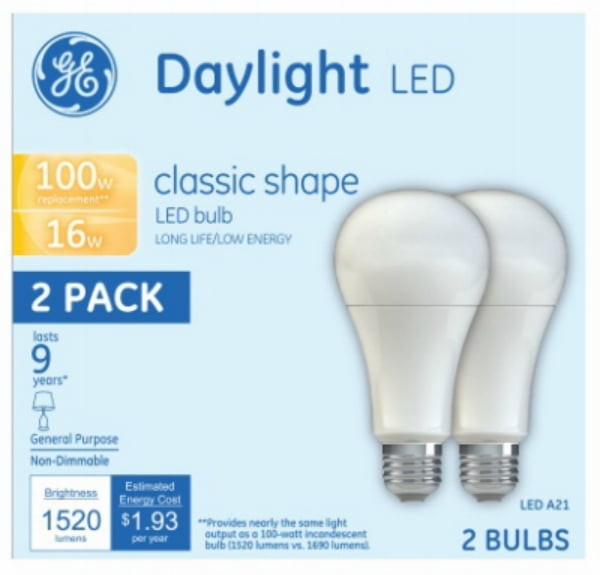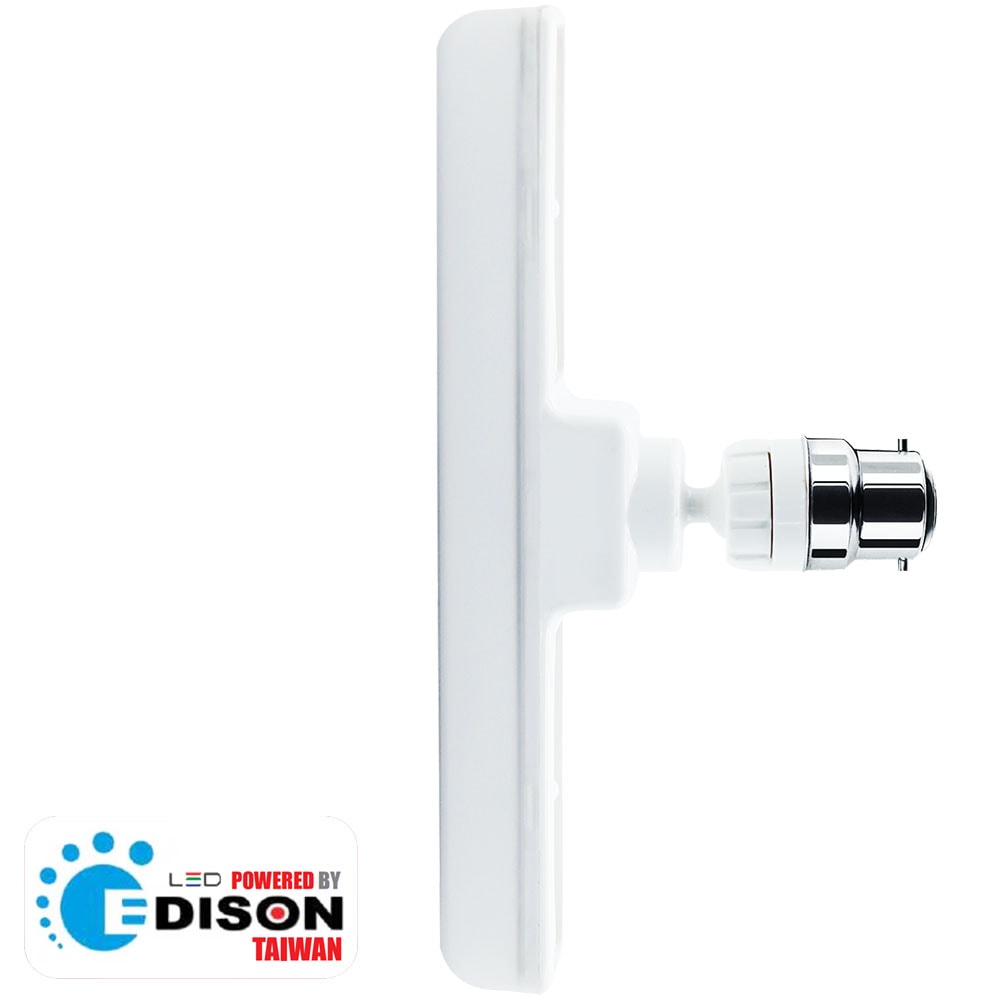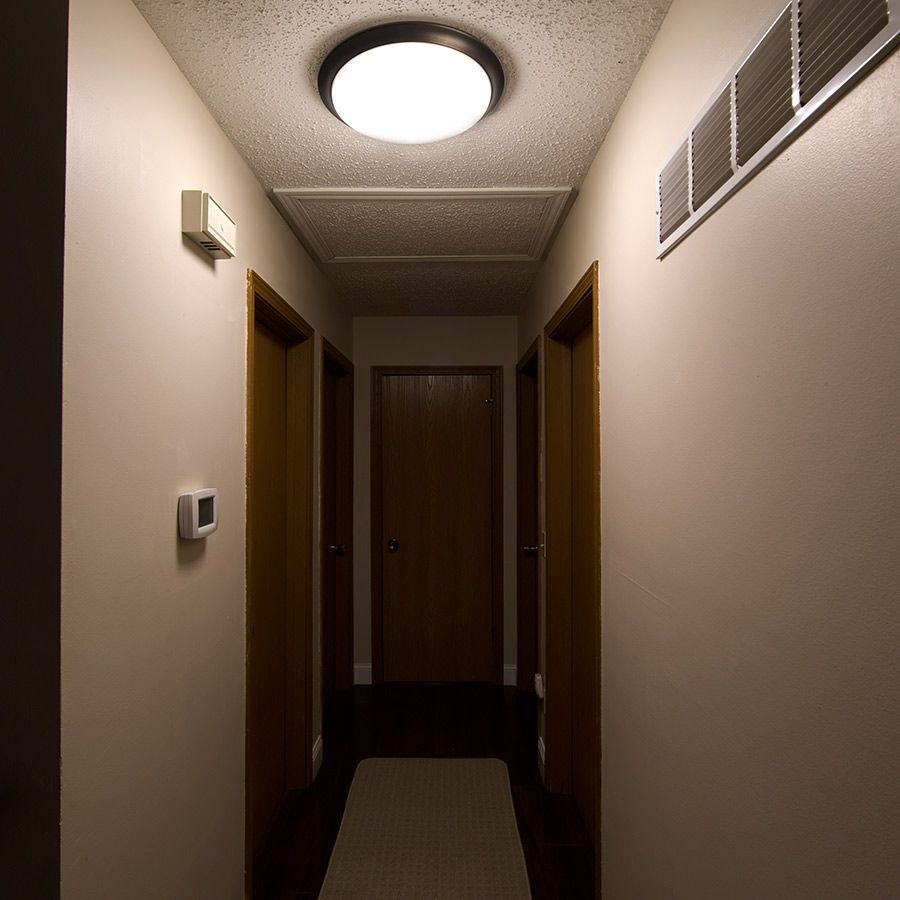
Match the Lumens of your Old Incandescent with the Lumens of a new Energy Efficient light The higher the lumens, the brighter the light. Switching from incandescent to LED using the same watts doesn’t work. The latest bulbs use up to 80% less power to give you the same amount of light. With the need for increased energy efficiency and the increased use of LED lights, this doesn’t work anymore. It used to be easy to switch out incandescent light bulbs based on how many watts they used, because all you had to do was go to the store and pickup one that matched the watts. Replacing Light Bulbs – Buy the Lumens, Not the Watts

If you prefer to watch the YouTube version of this presentation, scroll to the bottom.
1100 LUMENS TO WATTS HOW TO
We’ll show you how footcandles change with the square of the distance, and how to calculate foot candles. We’ll show you how to choose the correct light bulb when switching out an old incandescent bulb, we’ll explain lumens, footcandles and Lux for those using the metric system. For example, you can choose a Wake-up preset for 6 a.m., Focus at 11 a.m., your favorite shade of green at 5 p.m., a Cozy preset at 8 p.m., and a Night Light setting at 11 p.m.Lumens and Footcandles. You can also create your own rhythm, which automatically triggers the light at as many as five customizable points throughout the day. The app also has settings to match your circadian rhythm, in order to replicate changes of sunlight throughout the day. You can’t create automated Scenes that cycle through multiple colors, but you can save presets for one-touch access to favorite colors).
1100 LUMENS TO WATTS TV
The Wiz V2 app has several presets to set a mood (Relax, Focus, TV Time), or you can cycle through Dynamic Scenes such as Fireplace, Party, Ocean, Christmas, and many others. If you want to control bulbs individually in the app, just tap the room, then the appropriate icon, and tweak away for instance, you can tap Bulb 1 and make it red, then tap Bulb 2 to make it green.

You can group color bulbs and the Wiz line’s less-expensive white bulbs by room or area (living room, garage) in the app. Expandability: Because a home’s lighting system rarely ends with just a bulb or two, we considered the entire ecosystem the bulbs work within, including additional light styles or accessories that expand the lights’ functionality.In our testing, we noted whether a bulb required anything out of the ordinary (such as a hub or gateway), as well as how the companion app worked and whether bulbs had a lag time when responding to commands.

Setup: You can set up most smart bulbs in just a few minutes.
1100 LUMENS TO WATTS BLUETOOTH
Some bulbs use only a Bluetooth connection to the smartphone, which limits how far away you can be to control the light it may also prevent some types of automation. A mesh network like that can be more robust, especially in large homes or where the Wi-Fi signal is weak. Some rely solely on Wi-Fi connections directly from the bulb to the phone, while others connect on a separate wireless network, such as Zigbee, through a gateway or hub that your phone connects to over Wi-Fi.

Lumens are a measurement of the total potential light a bulb emits. Brightness: We primarily tested 800 to 1,100 lumen (A19-style) bulbs that are roughly equivalent to a 60-watt or 75-watt incandescent lamp bulb.However, there are trade-offs, which we discuss below. Some systems-such as Apple HomeKit, Amazon Alexa, and Google Home-let you control the lights with your voice and use lights from multiple brands, so you’re not stuck with one ecosystem. Smart-home compatibility: Smart lights that are integrated with other devices become even more useful, so you’re likely to use them more frequently.App features: Some lighting apps offer only basic on/off and scheduling options others include special effects, as well as features such as an Away Mode that randomly turns lights on and off to mimic occupancy.


 0 kommentar(er)
0 kommentar(er)
